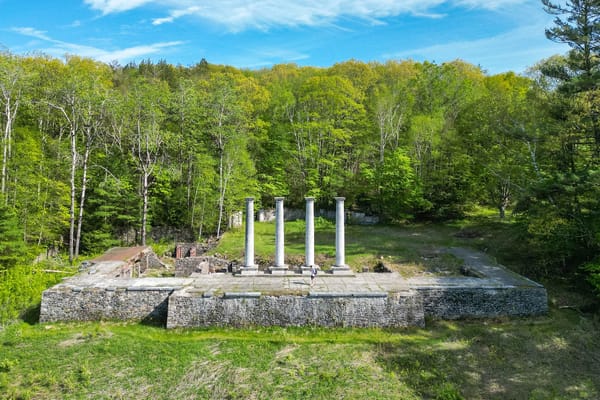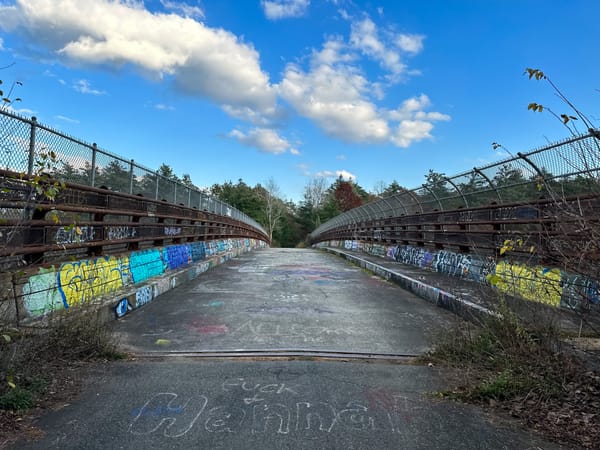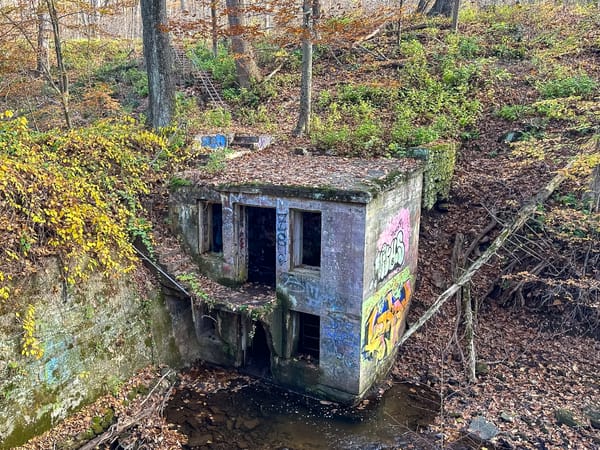Battery Wooster (Westerly, RI)
The abandoned Battery Wooster stands perched on the windswept dunes of Napatree Point in Watch Hill, Rhode Island.

Exploring Battery Wooster at Fort Mansfield: Watch Hill’s Forgotten Coastal Gun Battery
Perched on the windswept dunes of Napatree Point in Watch Hill, Rhode Island, the abandoned Battery Wooster stands as one of the last visible remnants of Fort Mansfield, a short-lived Endicott-era fortification that once guarded the entrance to Long Island Sound. Though its guns have long been removed and its walls sealed, Battery Wooster remains a powerful reminder of a time when America’s coastal defenses reached even to this tranquil corner of Westerly.
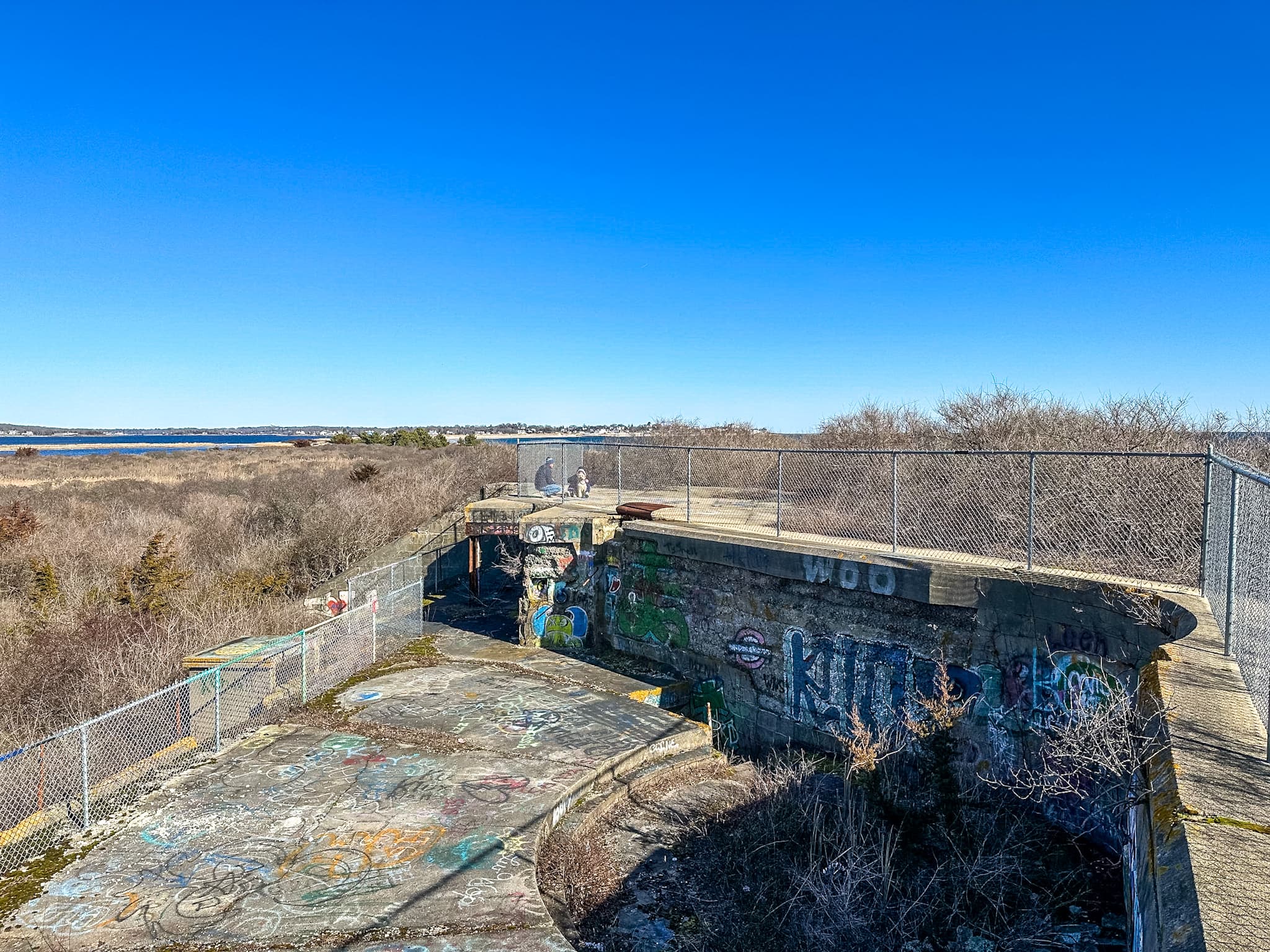
Fort Mansfield and the Endicott Period
In the late 19th century, rapid advances in naval warfare made America’s old masonry forts obsolete. To respond, the U.S. government formed the Endicott Board in 1885, which led to the construction of dozens of new reinforced concrete forts and gun batteries between 1890 and 1910.
As part of this nationwide modernization, the U.S. acquired 60 acres on Napatree Point in 1898 to build Fort Mansfield, a strategic outpost intended to protect the western entrance of Narragansett Bay and Long Island Sound. Situated on a narrow spit of sand extending from Watch Hill, the fort housed three major gun batteries:
- Battery Wooster – two 8-inch disappearing guns
- Battery Crawford – two 5-inch guns
- Battery Connell – two 6-inch guns
Fort Mansfield was originally a sub-post of Fort Trumbull in New London, Connecticut, before becoming an independent post in 1902.
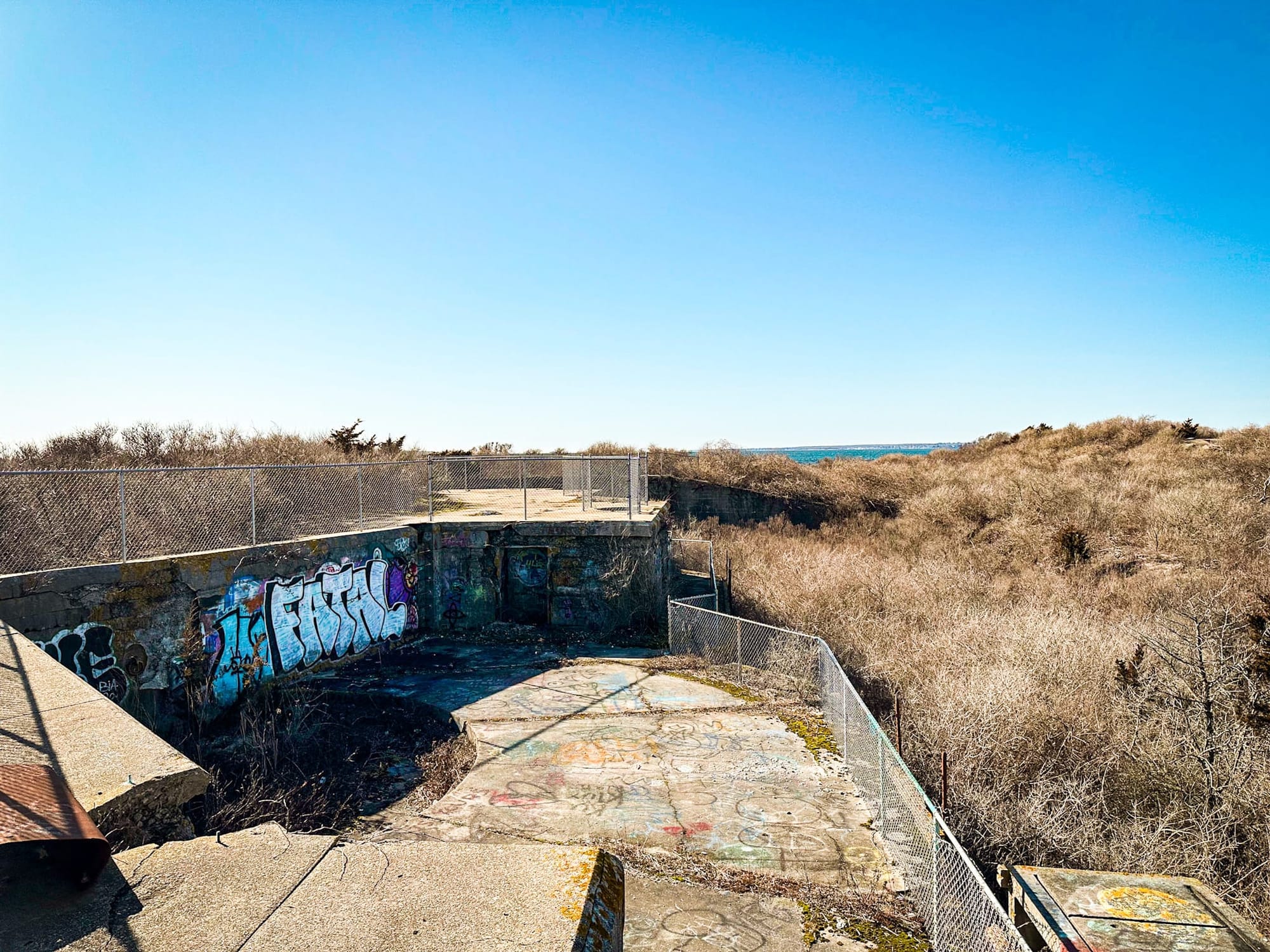
Construction and Armament
Construction on Battery Wooster began in 1898 and was completed on July 1, 1900, at a cost of roughly $75,000. It was officially transferred to the Coast Artillery Corps and placed into service on February 18, 1901.
- Armed with two 8-inch M1888MI guns mounted on M1896 disappearing carriages
- Featured a two-story reinforced concrete design with gun platforms above and magazines below
- Utilized Taylor-Raymond shell hoists to raise 200-pound projectiles from the magazines to the guns
- Designed for short bursts of heavy fire against warships entering Long Island Sound
The battery was named in honor of Colonel Abram S. Wooster, a veteran artillery officer of the U.S. Army.

The Fort’s Fatal Flaw
Despite its modern design, Fort Mansfield suffered from one critical weakness. During Army war games in 1907, officers discovered a fatal flaw: the fort’s guns could not cover a large “dead angle” to the west. This blind spot left the installation exposed to attack from small vessels armed with rapid-fire guns.
One observer famously remarked,
“I believe I could capture Fort Mansfield with a fleet of coal barges equipped with six-inch guns.”
Following this revelation, Fort Mansfield was deemed tactically indefensible. In 1909, the fort was deactivated and placed on caretaker status, ending its brief operational life after less than a decade.

World War I and the Removal of the Guns
When the United States entered World War I, many heavy coastal guns were dismantled for possible use overseas. On August 24, 1917, the two 8-inch guns from Battery Wooster were ordered dismounted and sent to Watervliet Arsenal in New York for modification.
- The gun tubes were shipped in December 1917
- The carriages were scrapped in May 1918
- Battery Wooster was never rearmed
With its weapons gone, the battery—and Fort Mansfield as a whole—was officially abandoned.

Battery Wooster Today
Today, Battery Wooster lies hidden among the dunes at the far end of Napatree Point Conservation Area in Watch Hill. Though the massive concrete structure remains, it has been completely sealed and fenced off for safety. Visitors can still walk along the roof of the battery, which offers sweeping views of Block Island Sound and the surrounding salt marsh.
Access requires a 1.25-mile walk along the beach from the entrance of the Napatree Point trail. The surrounding area is overgrown, and the site can be slippery or unstable, so visitors should remain on marked paths and within fenced boundaries.
While Battery Crawford’s interior remains partially open, Battery Wooster has been locked tight for decades—its silent concrete frame slowly reclaimed by vines and salt air.

Visiting Information
- 📍 Address: Fort Road, Watch Hill, Westerly, Rhode Island
- 🌐 GPS Coordinates: 41.306444, -71.884694
- 🅿️ Parking: Public parking available near Main Street in downtown Watch Hill or at the Napatree Point Conservation Area trailhead (Fort Road).
- 💰 Fees: Free; limited parking during summer months.
- 🕰 Hours: Sunrise to sunset; best visited during the off-season to avoid crowds.
- 🐾 Pets: Leashed dogs permitted on the beach (restrictions apply in summer).

Quick Facts
- 🏗 Construction: 1898 – July 1, 1900
- ⚙️ Operational Date: February 18, 1901
- 💣 Armament: Two 8-inch M1888MI guns on M1896 Disappearing carriages
- ⚡ Shell Hoists: Taylor-Raymond electric shell hoists
- 💰 Construction Cost: $75,000
- 🕰 Deactivated: 1909 (after fort’s vulnerability was discovered)
- 🎖 Named For: Colonel Abram S. Wooster
- 🔧 Guns Removed: 1917 – 1918 (sent to Watervliet Arsenal)
- 🏞 Current Status: Abandoned, sealed, and fenced; accessible via Napatree Point
- 🚶♂️ Access: 1.25-mile beach walk from Napatree Point trailhead
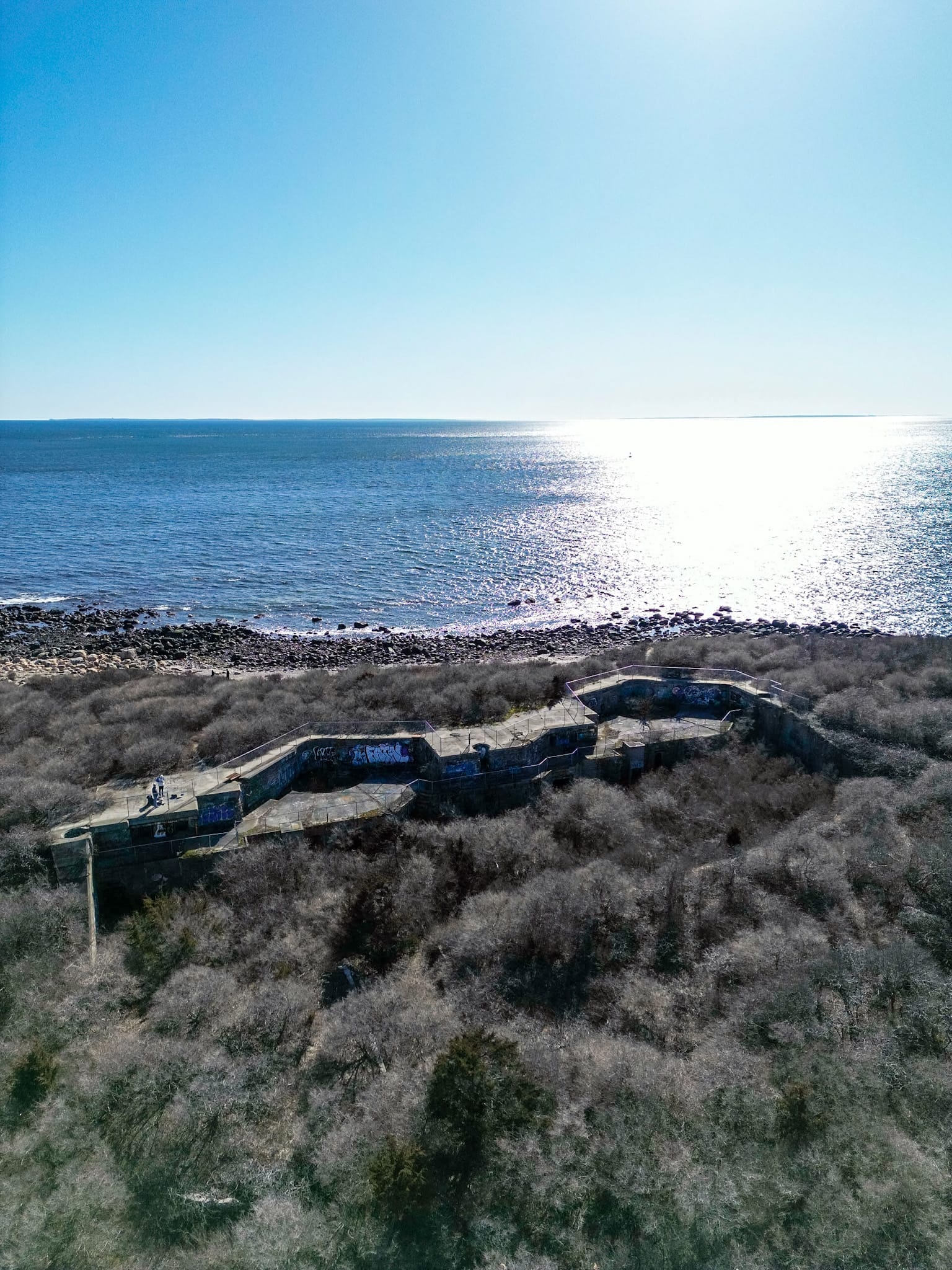
Final Thoughts
Though Fort Mansfield was short-lived, Battery Wooster endures as a haunting relic of the Endicott Period—a time when America’s coastal defenses were being reimagined for a new age of warfare. Its lonely position at the tip of Napatree Point makes it both a fascinating historical landmark and a striking reminder of nature’s reclamation of human history.
For those willing to make the trek across the dunes, Battery Wooster offers a glimpse into a forgotten chapter of Rhode Island’s military past—where once-powerful guns watched over the Atlantic, now only seabirds and the sound of the surf remain.

